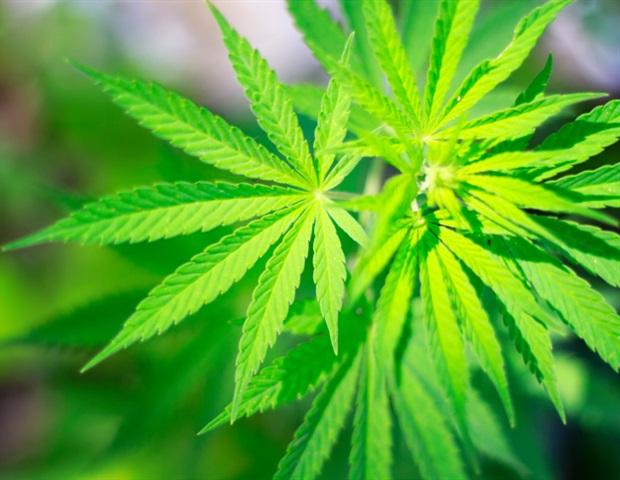The findings are published online in the April 22, 2021 issue of the journal Addiction.
Cannabis use disorder is a diagnostic term with specific criteria that defines continued cannabis use despite consequent, clinically significant impairments.
The study authors stated the actual incidence of cannabis use disorder is likely higher than reported numbers.
The researchers found that diagnoses of cannabis use disorder, based on medical records at time of delivery, rose from 2.8 to 6.9 per 1000 deliveries from 2002 to 2012.
Additionally, researchers found that, though rare overall , the risk of infant mortality was greater for infants born to women with cannabis use disorder.
Currently, screening for cannabis use or related disorders is not standard practice during pregnancy health care, though marijuana is the illicit drug most commonly used by pregnant women, typically to self-treat depression, anxiety, stress, pain, nausea and vomiting, often during the first trimester.
According to a 2018 published study, approximately 7 percent of pregnant women self-reported marijuana use, with rates as high as 10 percent among women ages 18 to 25.
Previous research has found that tetrahydrocannabinol , the psychoactive compound in cannabis, can reach fetuses and infants through the placenta and breastmilk, respectively.
